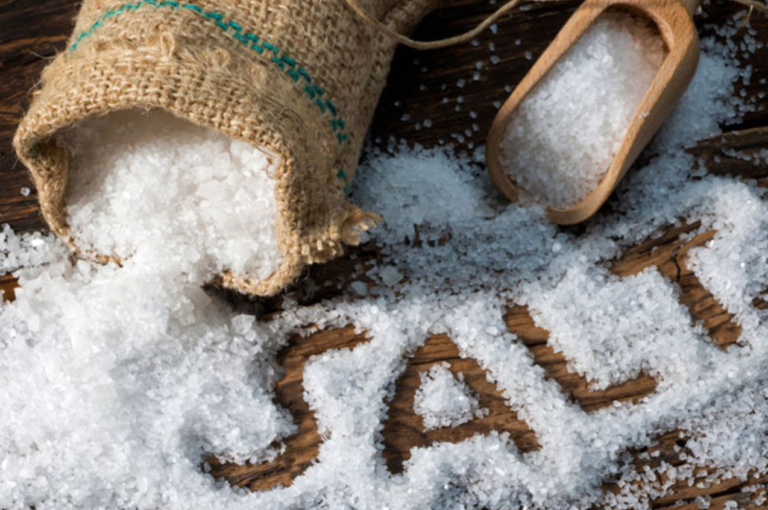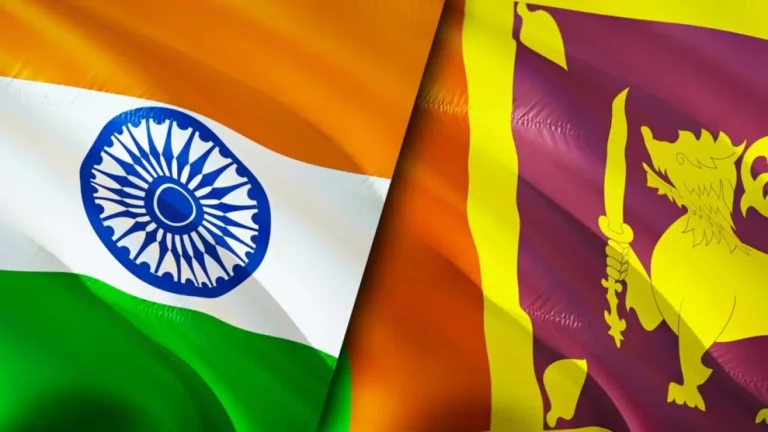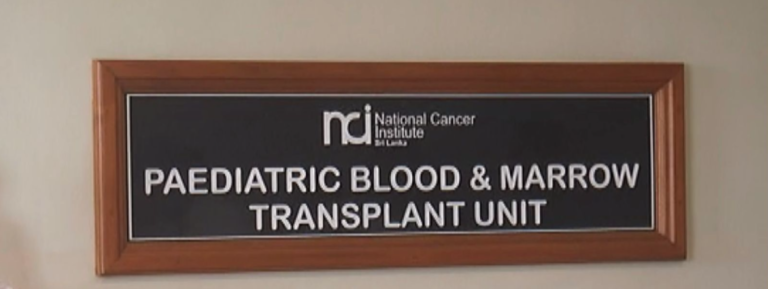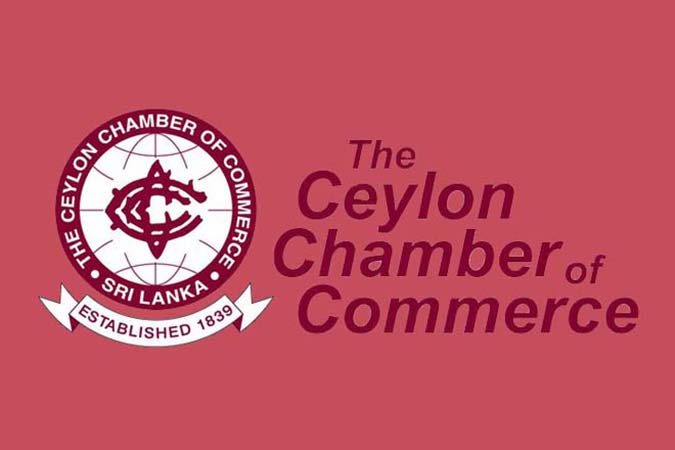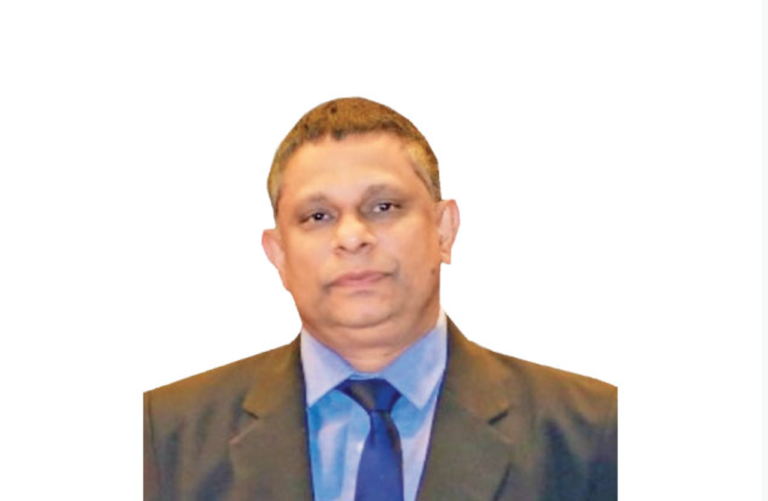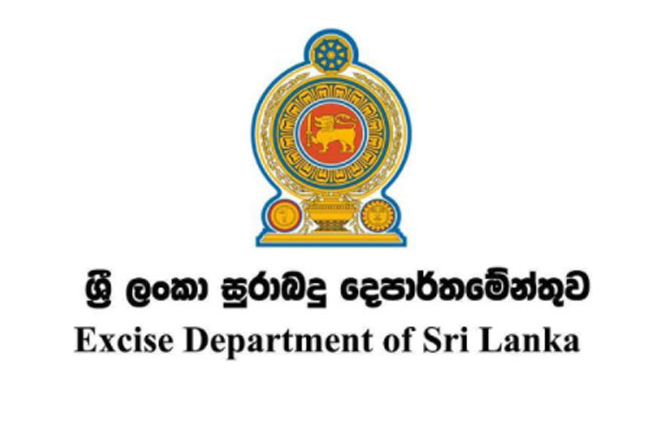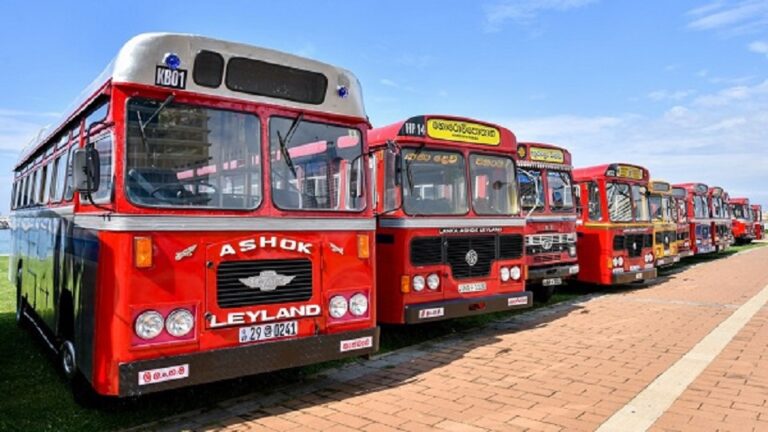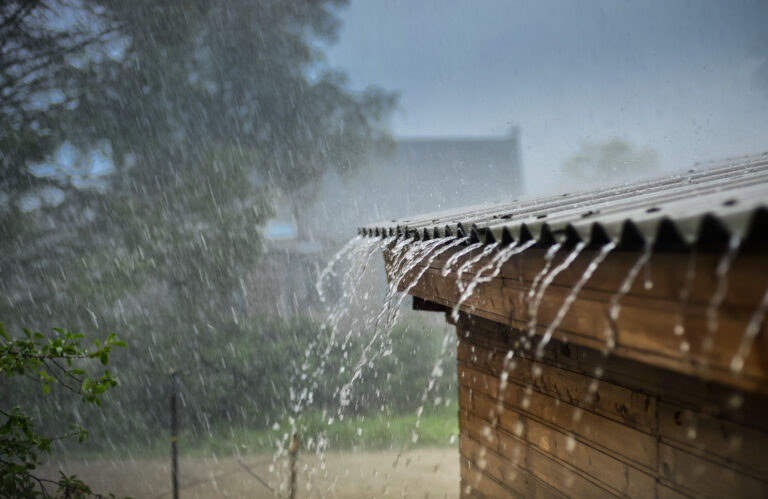The Sri Lankan government has initiated tenders to import 30,000 metric tonnes of salt, aiming to address the country’s salt shortage.
The importation will occur in two phases: 20,000 metric tonnes in the first phase and 10,000 in the second. The Ministry of Industries will oversee distribution, with the imported salt designated solely for industrial purposes.
Sri Lanka’s salt industry, led by Lanka Salt Limited, typically produces 135,000–140,000 metric tonnes annually, meeting 60–65% of domestic demand.
The company’s flagship product, branded as “Lak Lunu,” accounts for approximately Rs. 1,500 million in annual revenue.
However, reports indicate a 40% decline in salt production over the past two years, attributed to adverse weather conditions and halted production at the Hambantota saltern in 2023.
The production stoppage at Hambantota was linked to its ranking as a loss-making enterprise and plans by the previous government to privatize the saltern.
Although existing stocks of Lak Lunu salt sustained the market temporarily, the factory now primarily holds industrial-grade salt, unsuitable for food consumption.
Recent practices of washing and crushing industrial salt for sale as table salt have raised health concerns due to impurities like dust and shells.
Investigations revealed that the Hambantota saltern’s ISO 20000 certification was removed following contamination issues. Employees have urged the Sri Lanka Standards Institution and Consumer Affairs Authority to address these quality lapses.
Amid these challenges, the government has also approved the import of 35,000 metric tonnes of salt from India. Meanwhile, development activities for the Jaffna salt pans are set to commence by mid-January, with production expected by March 2025.
The combination of halted local production, adverse weather, and questionable practices has created a critical shortage, compelling authorities to resort to imports to stabilize the market and ensure quality standards.
The Hambantota Saltern, which should ideally supply Sri Lanka’s salt needs, now faces challenges, prompting the decision to import salt. Domestic salt production is expected to recover in six months, but the shortage may last until April or May 2025.
Even with resumed production, potential disruptions like rain or disasters could delay recovery further, making salt imports from India necessary. However, practical issues are complicating the importation process.
Introducing advanced technologies in salt production could improve both yield and quality. Yet, inefficiencies under the Hambantota Saltern’s previous management have hindered such upgrades.
For instance, salt from the Kolangala area often contains shellfish impurities. Proposals to address this problem were ignored, raising concerns about the industry’s future.
Under President Gotabaya Rajapaksa’s tenure, salt imports were halted, and the Hambantota Saltern became the main supplier for private companies and industries, initially meeting targets.
However, production has since declined, creating a severe salt shortage. While importing salt from India might ease the crisis, it remains uncertain if imports alone can fully address the country’s needs.
This situation underscores the need for reforms in local salt production to ensure long-term sustainability.

